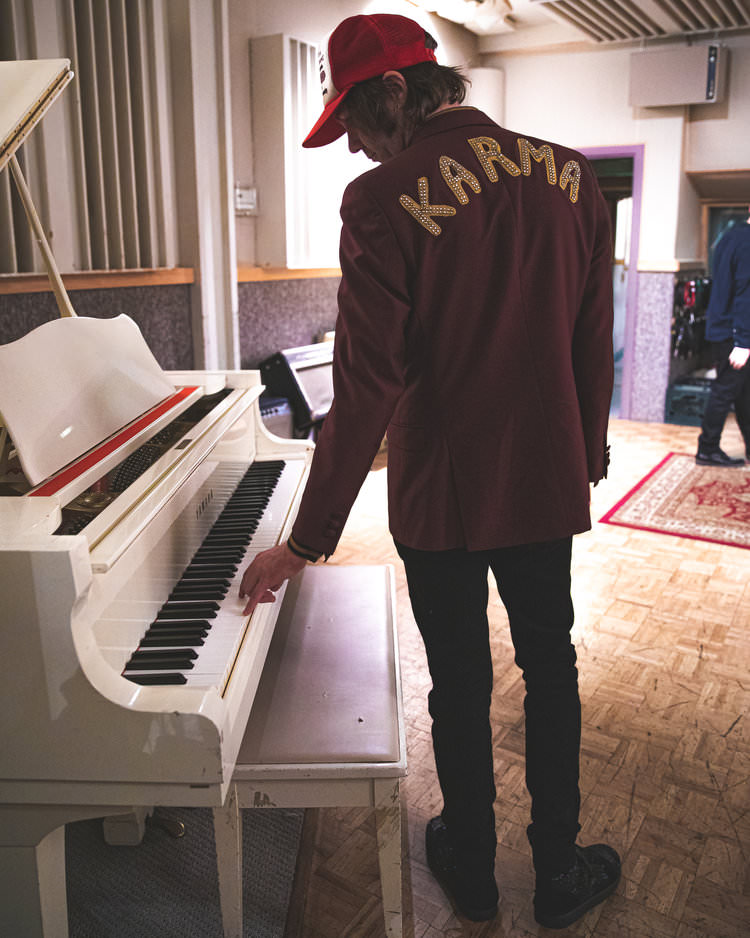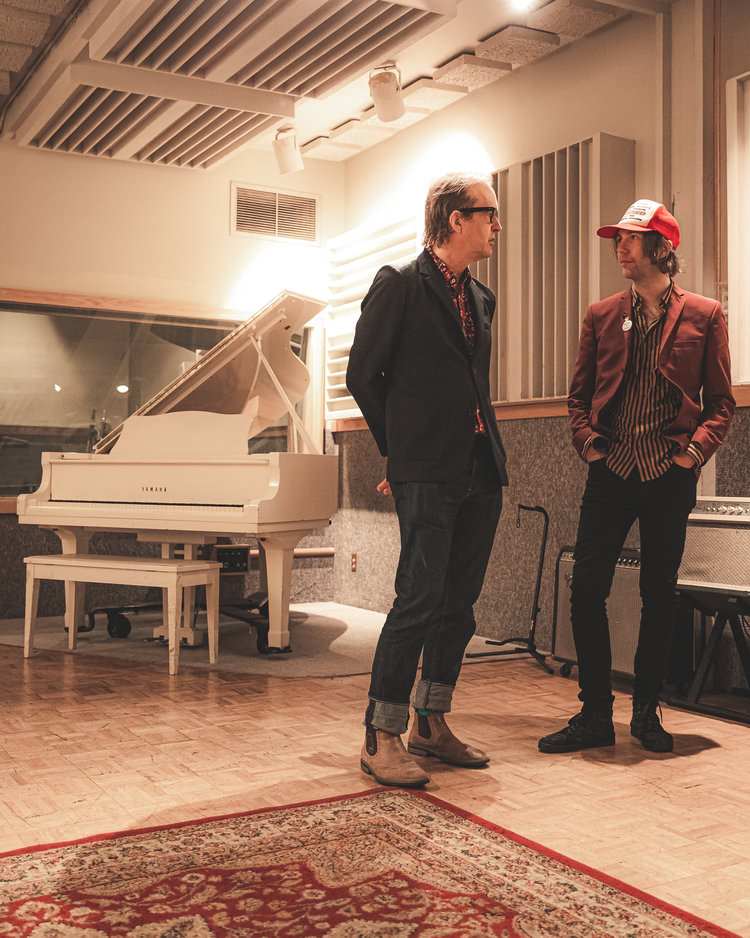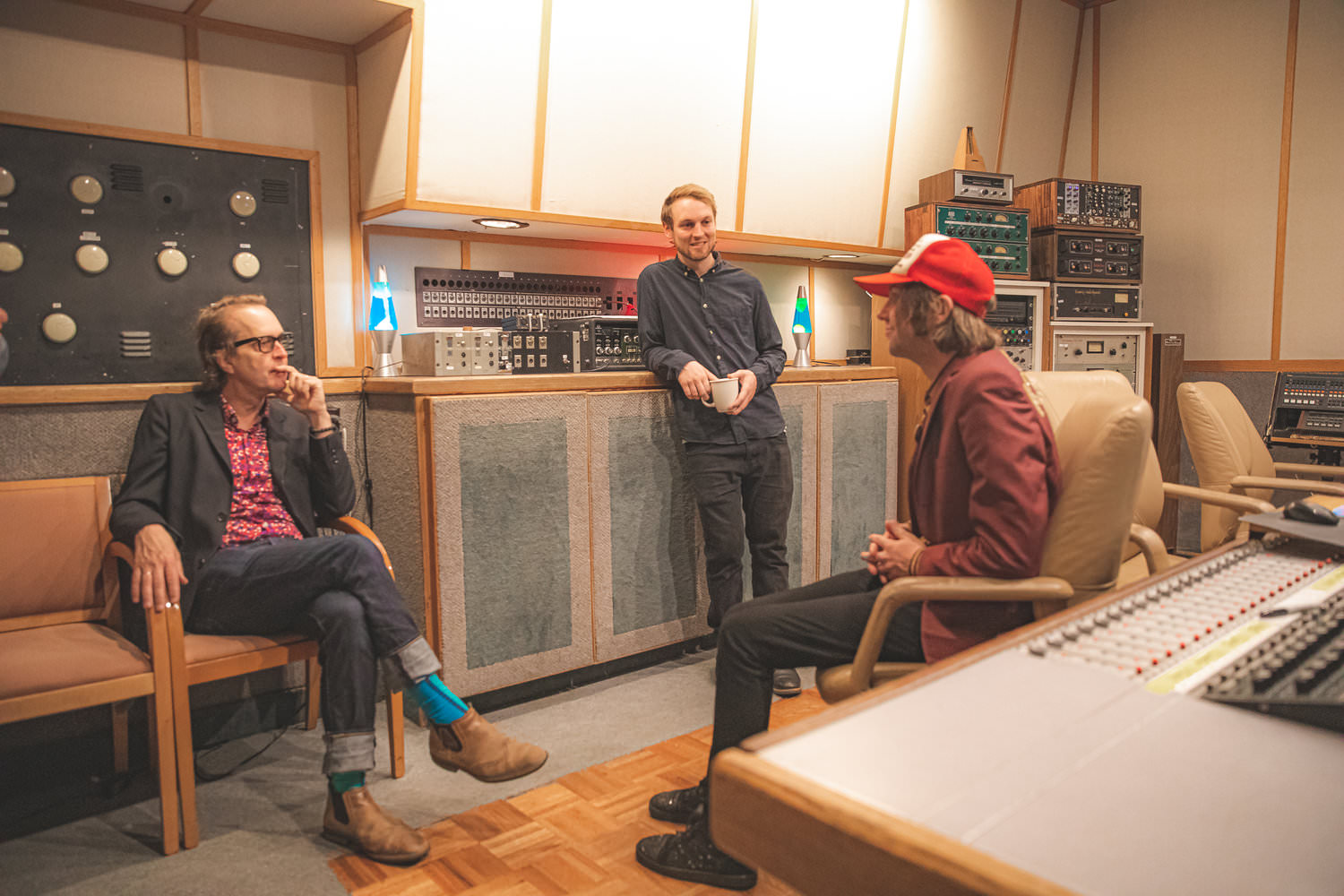Hyde Street Studios
If you’re walking down San Francisco’s Hyde Street without paying attention, you could easily pass by number 245, the building that houses the legendary Hyde Street Recording Studios.
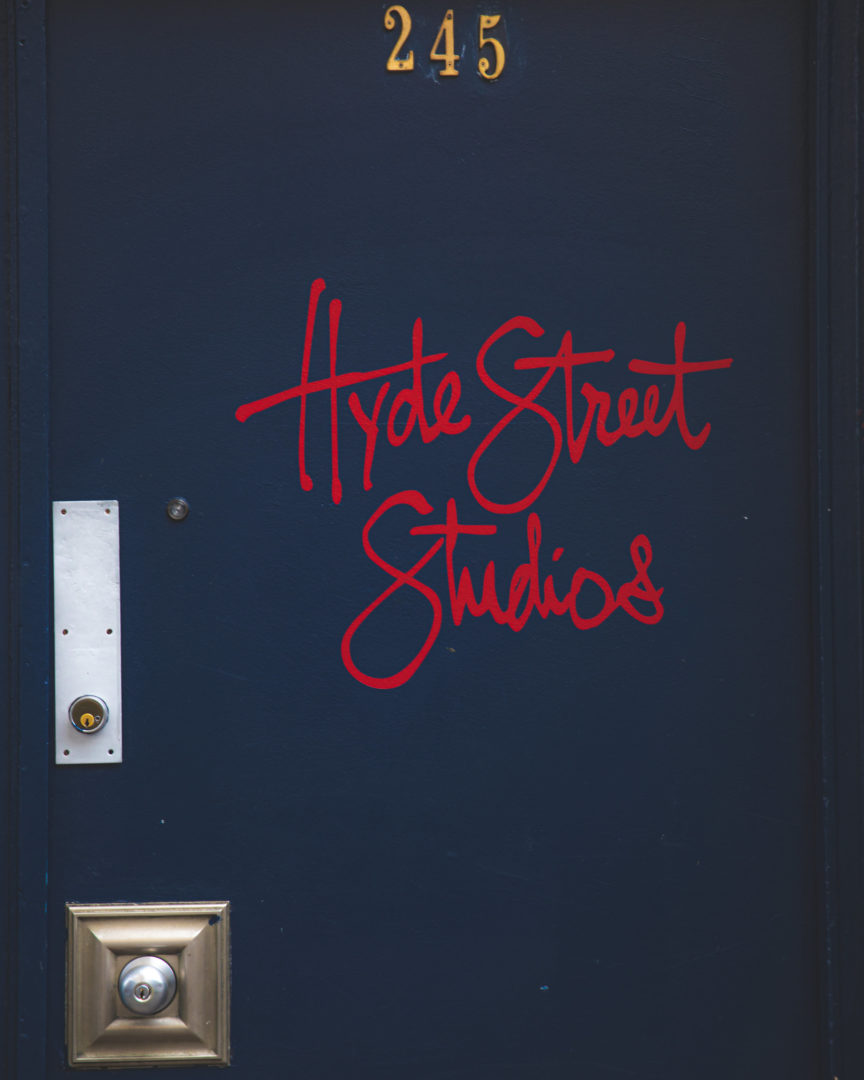
The Art Deco accents on the front of the building are minimal. There’s no marquee, just two industrial strength navy blue doors with “Hyde Street Studios” written in crimson lettering. The building is located in the Tenderloin district, once notorious for its gambling, speakeasies and wild nightlife. Dashiell Hammett’s Sam Spade hung out there and, during the 50s, live albums by Miles Davis and Thelonious Monk were recorded at the now defunct Black Hawk jazz club, on the nearby corner of Hyde and Turk.
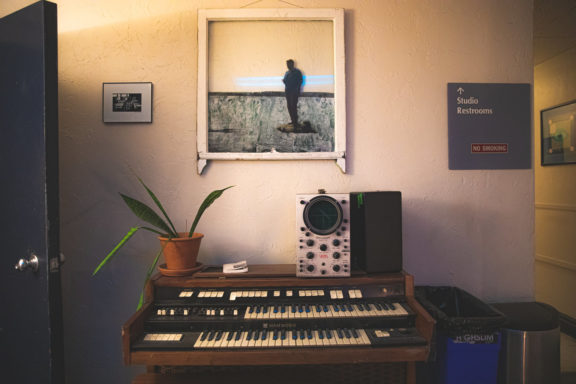 Hyde Street is world famous for its state of the art recording studios, although the location does scare some people away. “We are in a dicey section of town,” said Michael Ward, the studio’s owner, as well as a producer and engineer. “I remember Tom Waits coming in and telling me the place looked good, except for the neighborhood. When he said that, he lost a bit of his gritty street cred with me. If you’ve been to New York, you know there aren’t many studios that “don’t reside in questionable neighborhoods.”
Hyde Street is world famous for its state of the art recording studios, although the location does scare some people away. “We are in a dicey section of town,” said Michael Ward, the studio’s owner, as well as a producer and engineer. “I remember Tom Waits coming in and telling me the place looked good, except for the neighborhood. When he said that, he lost a bit of his gritty street cred with me. If you’ve been to New York, you know there aren’t many studios that “don’t reside in questionable neighborhoods.”
During the heyday of the major labels, artists were given large recording budgets to make an album. That allowed them to pay studios and producers generously. Since the digital revolution, income for labels, artists and studios has diminished. “Today, record companies funding projects in the traditional way are far less common,” Ward explained. “They expect to get finished masters when they sign somebody.”
Before Ward and partners took over the operation in 1980, Wally Heider ran the studio and helped forge the San Francisco sound, overseeing seminal albums by acts like Jefferson Airplane, Grateful Dead, Van Morrison, Creedence Clearwater Revival and Santana. When Ward and his staff moved in after Heider died, the studio was empty. Ward and his partners had to repopulate the studios with new gear, although they still use vintage and rare mics, as well as the latest Pro Tools technology. “We still can record on analog two-inch tape,” Ward said, “although people don’t ask for it as nearly as often as you might think. We maintain the tape machines as part of our aura of making everything accessible, but with tape prices and the amazing editing available in digital, it’s hard to make a case for doing anything but a special project on tape. These days, even audiophiles would have a hard time telling the difference between digital and analog.”
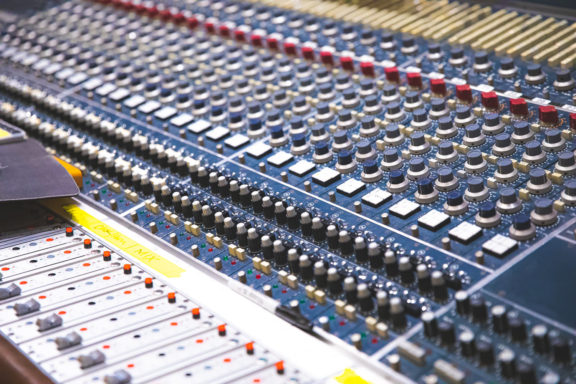 Hyde Street’s accomplishments in the Ward Era include gold and platinum albums from diverse artists like Train, Dead Kennedys, Cake, Chris Isaak, Joe Satriani, Tupac, and Digital Underground. Other notable clients have included Lukas Nelson, A$AP Ferg, Leslie Odom Jr, The Head and the Heart, 2Chainz, Earth Wind & Fire and Bob Mould.
Hyde Street’s accomplishments in the Ward Era include gold and platinum albums from diverse artists like Train, Dead Kennedys, Cake, Chris Isaak, Joe Satriani, Tupac, and Digital Underground. Other notable clients have included Lukas Nelson, A$AP Ferg, Leslie Odom Jr, The Head and the Heart, 2Chainz, Earth Wind & Fire and Bob Mould.
In 2015, the studio began a recently completed restoration of the vintage recording gear with the aid of many master technicians and built Rancho Rivera, a new studio in San Francisco’s Sunset district. Hyde Street is now on a par with the top studios of the world, known for the high-quality work being created by its engineers and technicians.
The main recording area still has its historic character and produces the warm, intimate live-sound the studio has been known for throughout its history. The room has a grand piano, a Hammond B3 organ and a Neve mixing console that was made in London in the mid-70s. Bands can still record live, in the same room, and they maintain an echo chamber, plate and spring reverbs and tape vault. They also have four smaller tracking rooms and rent out the building’s spare studios to other audio businesses. “When Wally was here, the San Francisco sound made the studio famous,” Ward concluded. “Our sound today is more eclectic, but just as inviting. We compensate for the lack of notoriety with the joy and romance of our chosen profession.”
